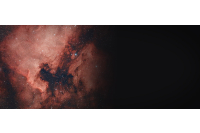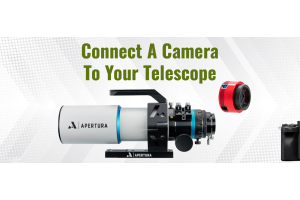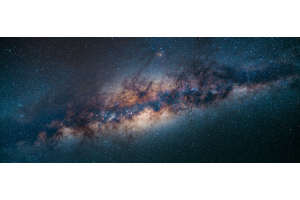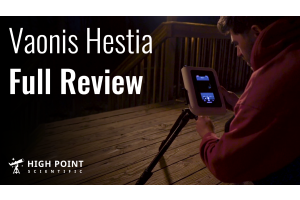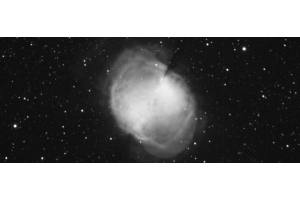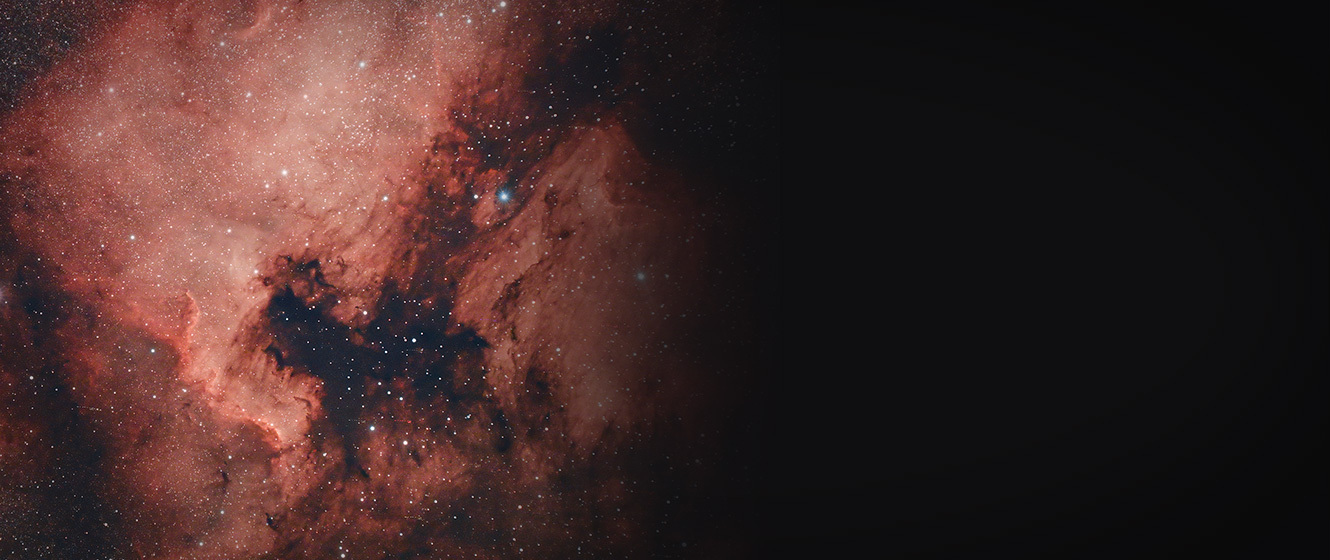
In this video Teagan covers some of the beautiful celestial objects we can observe in the night sky for the month of September 2021.
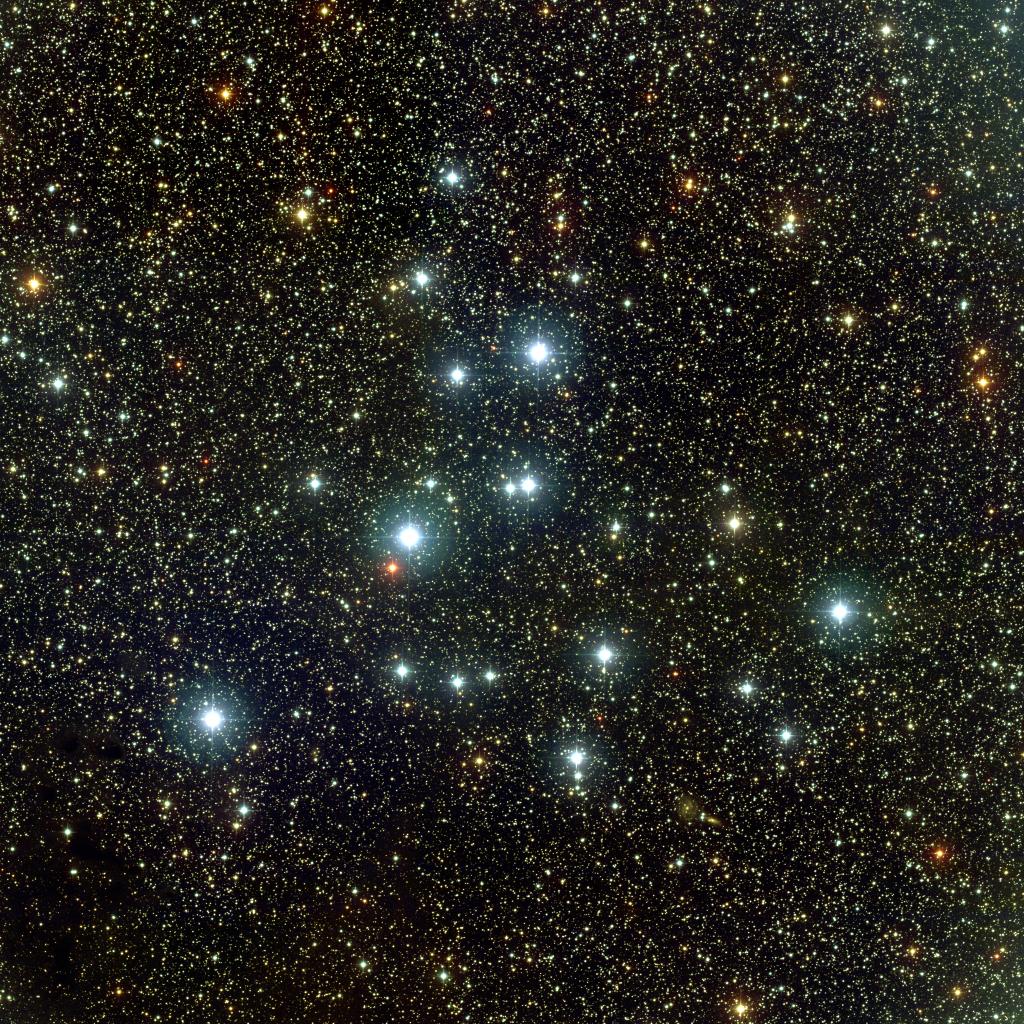
Image source: Heidi Schweiker
M39
- Type: Open Cluster
- Constellation; Cygnus
- Distance: 1,100 light-years
- Magnitude: 4.9
- Apparent Diameter: 29’
You might be able to identify M39 with just your eyes if you live under dark skies, but otherwise you’ll need binoculars to spot it. It’s located about halfway between Cassiopeia and Deneb, but one relatively easy way is to find it is to start at Gienah and then follow the curved line of Lambda, Nu, Xi and Rho Cygni.
Binoculars show an elongated patch with three or four stars stretched across the middle. Telescopically, a low-powered eyepiece shows a large, sparsely scattered triangular cluster of about 30 bright blue-white stars, with a conspicuous double at the center. A multitude of fainter background stars can also be seen, but these stars can overwhelm the cluster with larger scopes at higher powers.
OUR NEAREST NEIGHBORS
While Mars is now lost within the Sun’s glare, all four remaining naked-eye planets are visible in the evening sky this month. Mercury traverses through Virgo and can be seen low over the western horizon for most of September. It reaches elongation on the 14th, while a slender crescent Moon appears nearby on the 8th. Venus continues to shine after sunset and passes close to Spica on the 5th and is joined by the Moon on the 9th. Both Saturn and Jupiter continue to dominate the night, rising before sunset and then dropping below the horizon a few hours before sunrise. The nearly full Moon passes the pair on the 16th and 17th. Distant Neptune reaches opposition on the 14th and is visible throughout the entire night while Uranus can be observed from late evening to the early hours of the morning. Finally, the Moon turns new on the 6th and then full on the 20th.
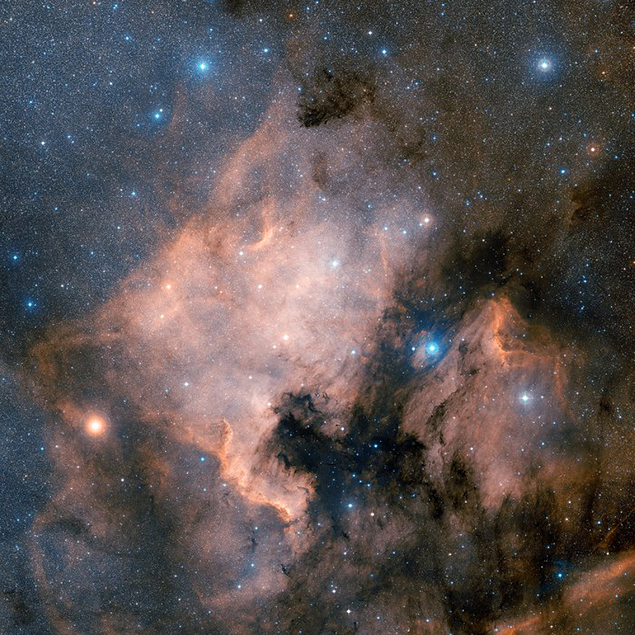
Image credit: NASA
NGC 7000 - The North America Nebula
A favorite with astrophotographers, you’ll need very dark skies to see the North America Nebula with just your eyes. Binoculars provide the best view as you’ll need a very low power eyepiece and either an OIII or UHC filter to observe it telescopically.
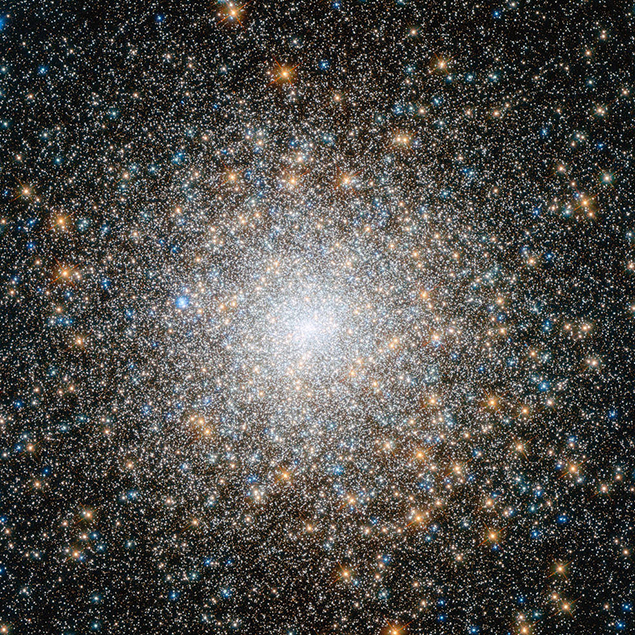
Image credit: NASA
M15
This globular can be easily seen within the same binocular field of view as the bright star Enif, in Pegasus. It appears as a fuzzy star through binoculars under suburban skies and reveals a large, bright core through a telescope.
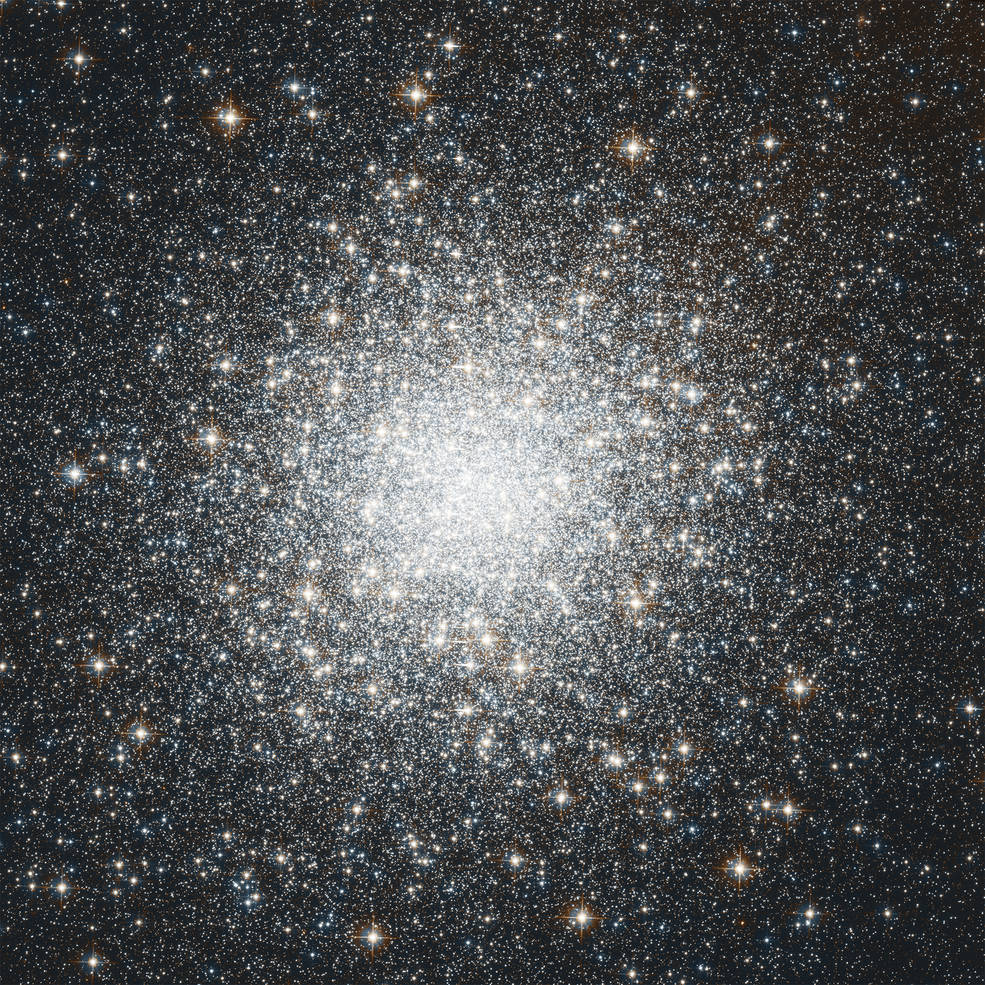
Image credit: NASA
M2
Another bright globular, this one can be found within the same binocular field of view as Sadalsuud in Aquarius and is an impressive sight in larger scopes.
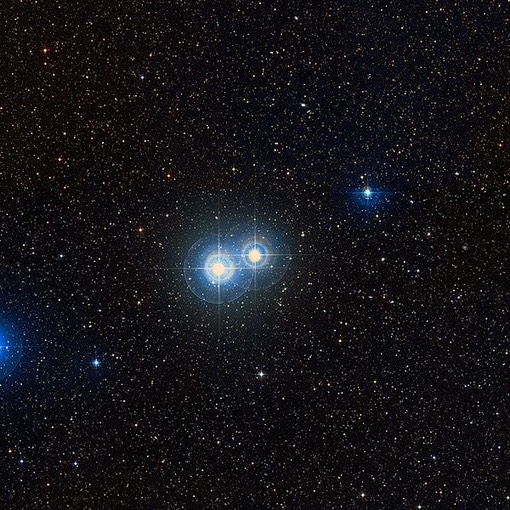
Image credit: learnastronomyhq.com
Gamma Delphini
Here’s a nice, easy double for small scopes. A low magnification of around 30x is enough to split this star into its pale gold and white components.
STELLAR CONCEPTS
Messier Catalog: Charles Messier was a well-known 19th century French astronomer who specialized in discovering comets. As many deep sky objects can appear comet-like, Messier compiled his catalog to avoid mistaking them for new comets. Curiously, there are star clusters in the catalog that are clearly not comets (eg, M45, the Pleiades in Taurus) while other clusters were inexplicably ignored (eg, the Double Cluster in Perseus).

